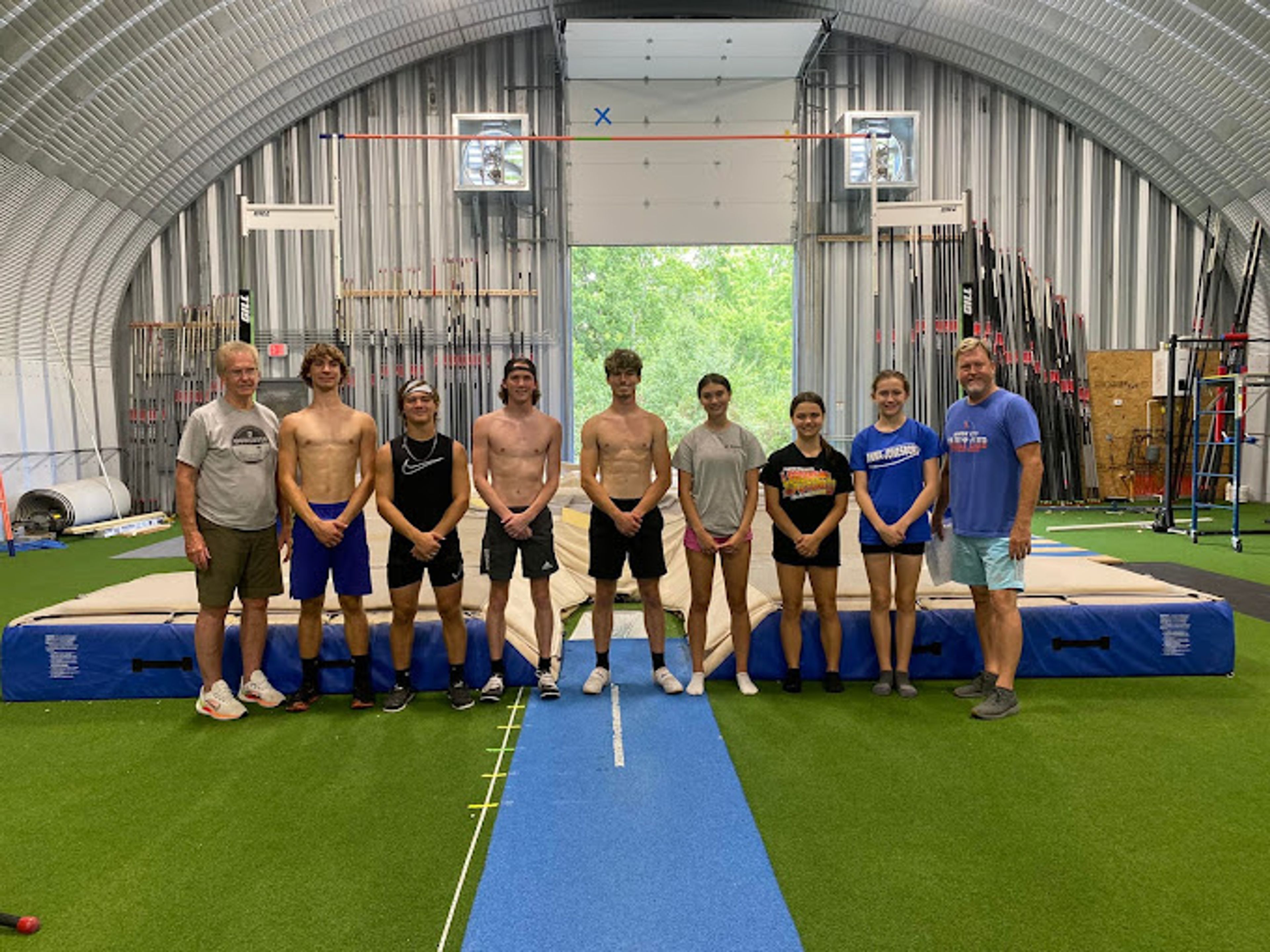Is Track a Popular High School Sport? Unveiling Top Athletics Trends
High school track and field thrives with over 1.1 million athletes, offering accessibility, inclusivity, and numerous benefits. Discover why this sport continues to dominate student athletics across the U.S.
A Snapshot of National Dominance
In a small town in Ohio, the local high school track and field team gathers for their daily practice. The team, a diverse group of students from various backgrounds, embodies the spirit of the sport: accessible, inclusive, and immensely popular. This scene is replicated across the United States, where high school track and field remains a cornerstone of student athletics. Despite challenges, high school track and field continues to be one of the most popular and accessible sports for students nationwide.
Participation Rates and Accessibility
High school track and field boasts impressive participation rates. According to the National Federation of State High School Associations (NFHS), approximately 1.1 million high school athletes compete in outdoor track and field events annually. This figure surpasses participation in many other high school sports, underscoring the sport's widespread appeal. Additionally, over 422,710 students participate in cross-country, and more than 126,000 engage in indoor track and field.
One of the key factors contributing to the popularity of high school track and field is its accessibility. Unlike sports that require expensive equipment or facilities, track and field has a relatively low cost of entry. A pair of running shoes and access to a track are often all that is needed. This affordability makes the sport accessible to students from various socioeconomic backgrounds. Furthermore, track and field is inclusive, accommodating athletes of different skill levels and physical abilities.
Consider the case of Central High School in Texas, where the track and field program has become a beacon of community pride. The program not only nurtures athletic talent but also fosters a sense of belonging among students. "Track and field has given our students a platform to excel and build confidence," says the school's athletic director. The success of such programs highlights the sport's impact on both individual athletes and the broader community.
Benefits of Participation
Participation in high school track and field offers numerous benefits, both physical and mental. Physically, the sport promotes overall fitness and health. Regular training improves cardiovascular health, muscle strength, and endurance. These benefits extend beyond high school, as students develop lifelong fitness habits that contribute to their well-being.
Mentally, track and field provides a valuable outlet for stress relief and mental well-being. The discipline required for training and competition helps build resilience and a strong work ethic. Many athletes find that the sport offers a sense of purpose and achievement, which can be particularly beneficial during the often-turbulent high school years.
Moreover, there is a positive correlation between athletic participation and academic success. Student-athletes often develop essential skills such as time management and goal-setting, which translate to better academic performance. Studies have shown that students involved in sports are more likely to graduate and pursue higher education.
Competitive Opportunities and Future Prospects
High school track and field serves as a pathway to collegiate athletics. Many colleges and universities offer scholarships and recruitment opportunities for talented high school athletes. Success stories abound, with numerous high school track and field athletes advancing to compete at the collegiate and professional levels. These opportunities provide a significant incentive for students to participate and excel in the sport.
Beyond individual achievements, track and field fosters a strong sense of community and school spirit. Local and regional competitions often become community events, drawing spectators and fostering a sense of pride. Schools rally around their track and field teams, celebrating their successes and supporting their efforts.
Looking ahead, the future of high school track and field appears promising. Organizations like USA Track & Field (USATF) are actively working to promote and expand the sport. With the 2028 Olympics in Los Angeles on the horizon, there is a concerted effort to elevate track and field's visibility and fan base. The goal is to make track and field one of the top five most-followed sports in the nation, reflecting its growing popularity.
Conclusion
In summary, high school track and field remains a popular and accessible sport, with robust participation rates and numerous benefits for student-athletes. The sport's affordability and inclusivity make it a viable option for students from diverse backgrounds. Participation in track and field promotes physical and mental health, academic success, and provides pathways to collegiate athletics. Despite challenges, high school track and field continues to thrive, fostering community spirit and preparing athletes for future success.
As we look to the future, it is crucial for schools, communities, and policymakers to support and invest in high school track and field programs. The sport has the potential to grow and positively impact future generations of athletes, ensuring that track and field remains a beloved and integral part of American sports culture.









